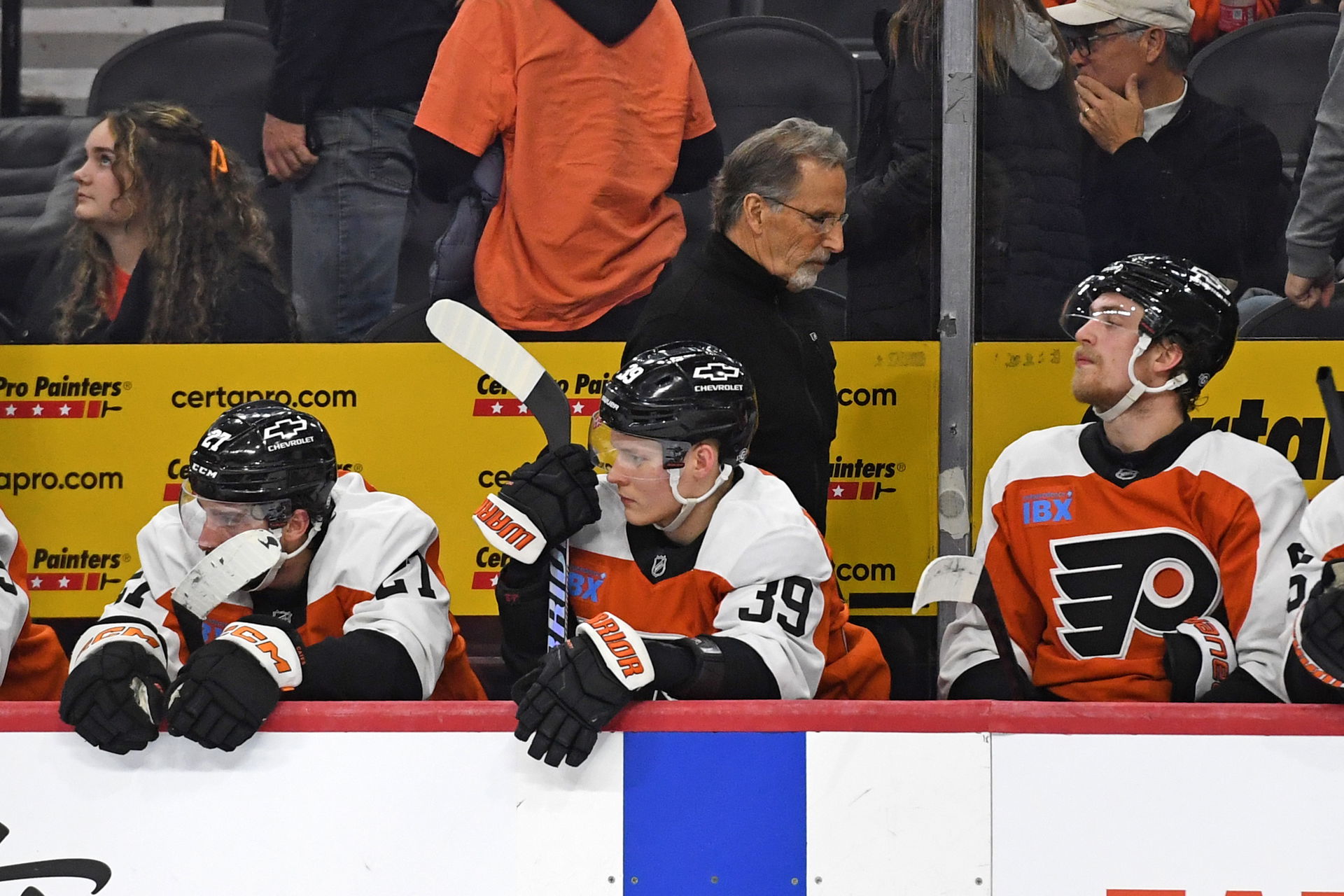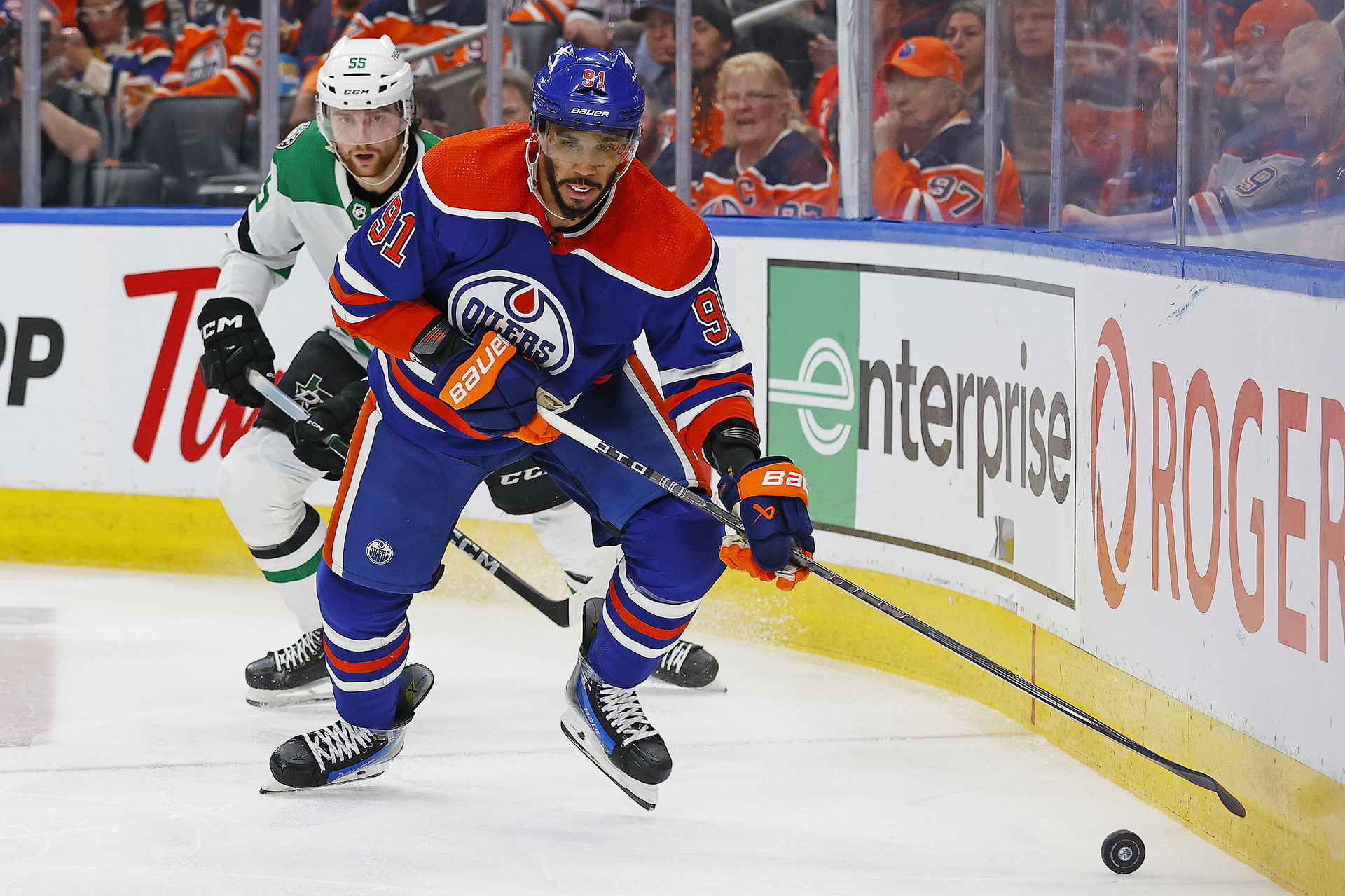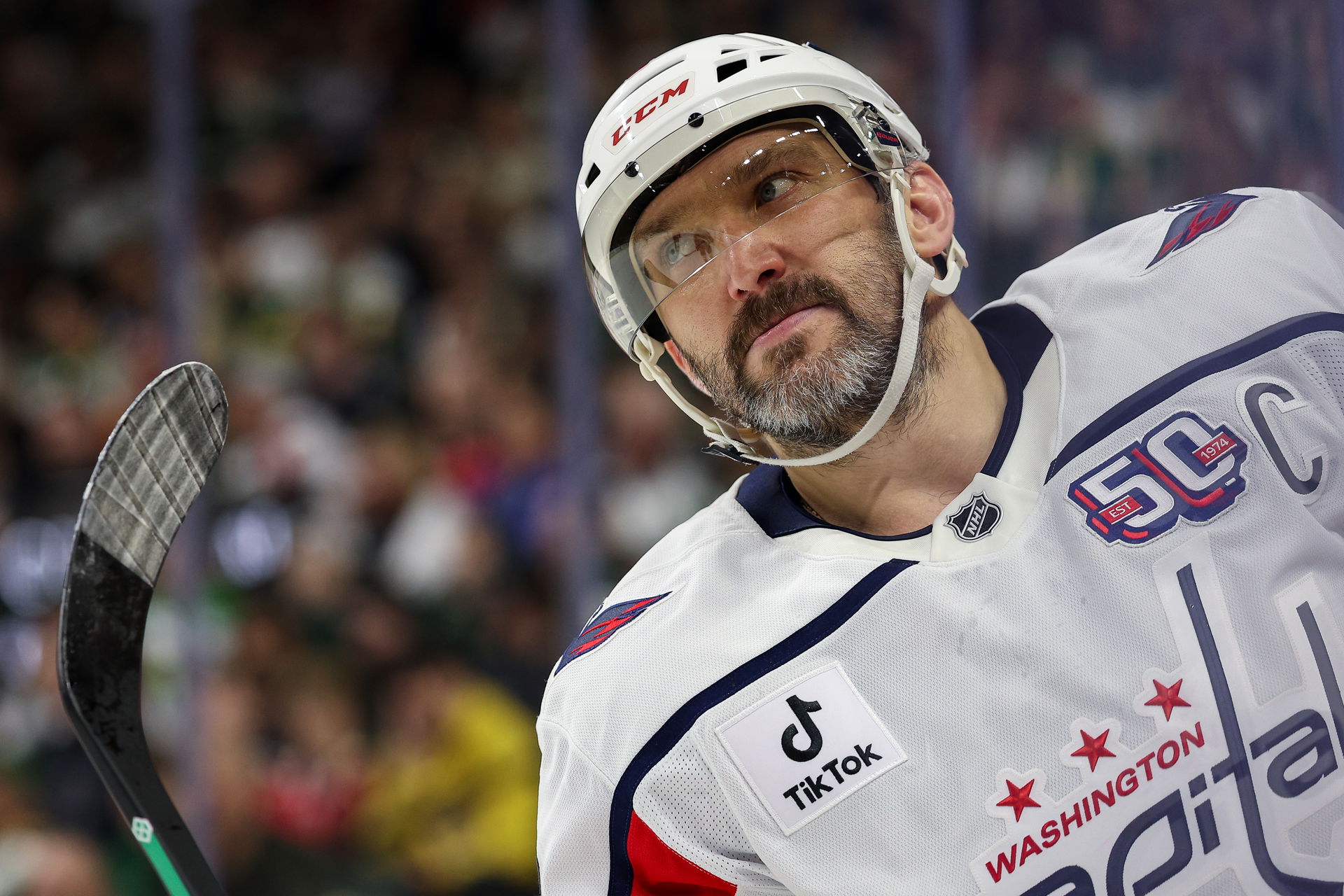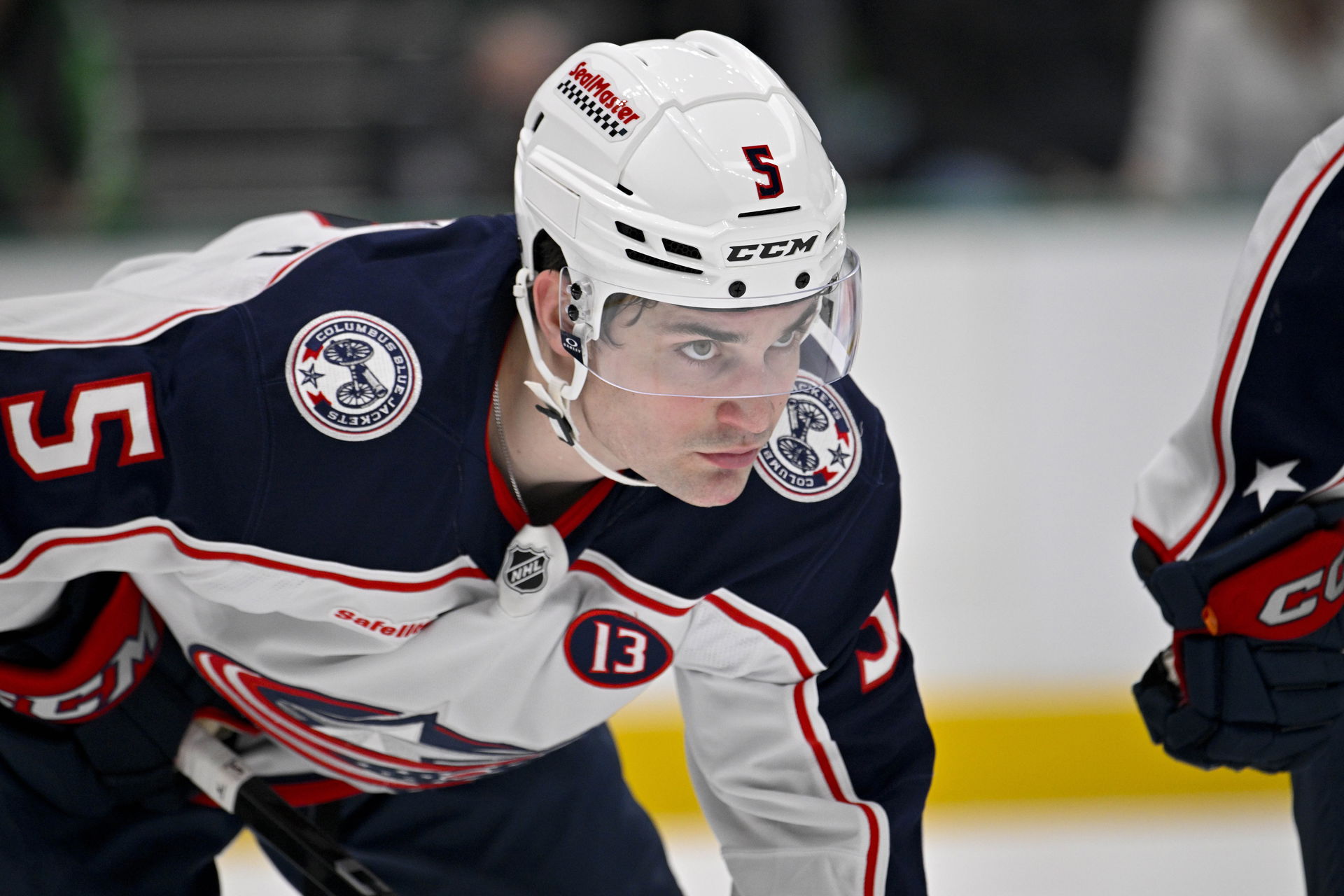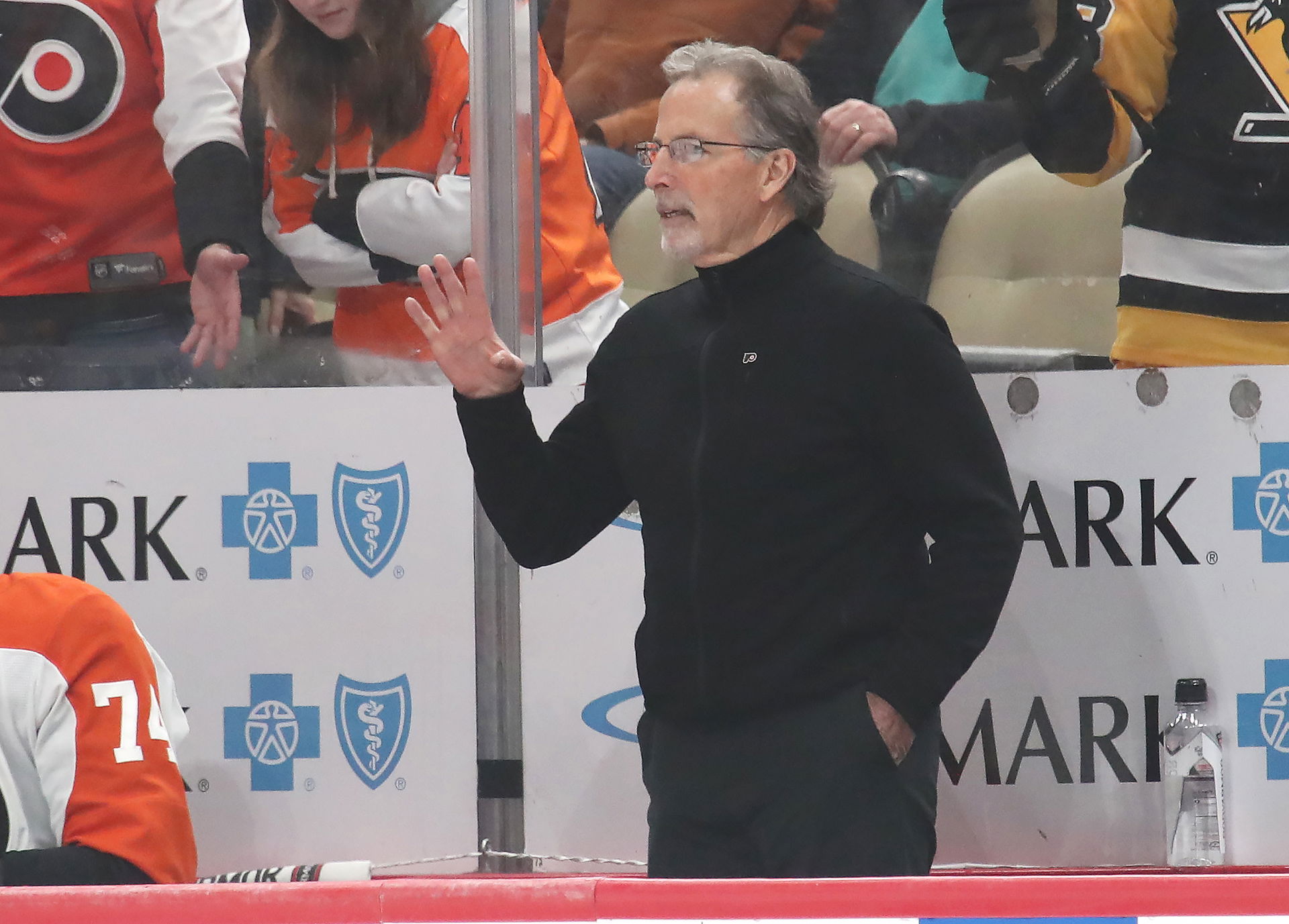
How Duncan Keith went from job-dodger to bionic Blackhawk – and Conn Smythe winner
The long season, the Ducks’ hitting, the Bolts’ speed – nothing Could stop Keith, the freak of fitness who was born to play big minutes and capped his incredible playoffs by scoring the Stanley Cup winning goal in Game 6.
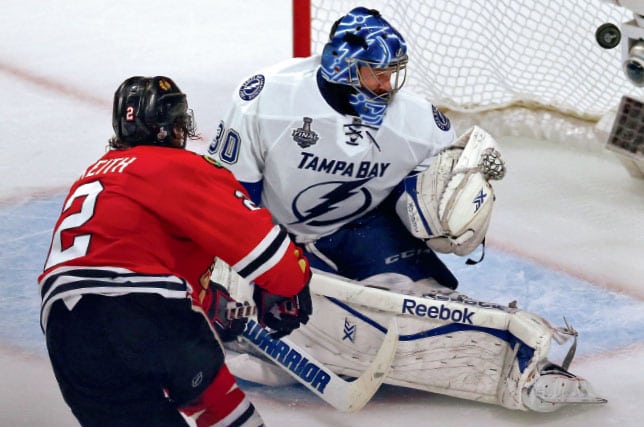 How Duncan Keith went from job-dodger to bionic Blackhawk – and Conn Smythe winner
How Duncan Keith went from job-dodger to bionic Blackhawk – and Conn Smythe winnerIt seems ludicrous that there was a time when
Duncan Keith refused to get a summer job. After all, it’s pretty clear he’s anything but averse to heavy lifting. But there was a time, right around when Duncan turned 15, that his father, David, thought it might be a good idea for his son to learn the value of a dollar earned. Impossible, Duncan said. Getting a job would get in the way of training. Training for what, his father asked. Training to be an NHL player was the answer. After all, Duncan had made the proclamation in large letters on a big piece of paper when he was just seven or eight years old, “Duncan Keith will make it to the NHL,” which his parents still have framed at their home in Penticton, B.C. By the time he was a teenager, Duncan was studying the training methods used by the likes of
Jaromir Jagr and
Pavel Bure. “When he told me he had to train, I said, ‘We’ll talk about it when I get home,’ ” David said. “When I got home from work, he was running around the yard with a rope and three tires he was dragging around on the grass.”

Stories of Keith’s fitness and capacity for work are the stuff of legend. He was the fittest athlete anyone had ever seen at Michigan State University, and in a rookie camp for the Kelowna Rockets he finished a one-mile run a half lap ahead of the field. You look at Keith and there are a couple things that strike you. First, he’s one of the few guys in the NHL who could pass for a long distance runner or triathlete. Second, he looks like a guy who was born to play the game.
And now he’s a playoff MVP. As the post-season went on, that became more of a process of coronation for Keith, who scored the winning goal in Game 6 and logged 30:19 of ice time to seal the Conn Smythe Trophy. He played more than 700 minutes and kept jumping over the boards as the leader of a four-man contingent the Blackhawks leaned on heavily throughout the post-season. As the playoffs continued, pundits speculated it would only be a matter of time before Keith and his mates
Brent Seabrook,
Niklas Hjalmarsson and
Johnny Oduya broke down. Oduya tore his elbow early in the final, but he played through it, and the rest of Chicago’s top-four defensemen held up through the end. You got the sense Keith and the others were more tired of answering questions about their fatigue level than they were about stopping rushes and turning the puck back up ice. For his part, Keith wondered what all the fuss was about. He was just playing hockey, doing what he dreamed of doing since he was four years old. “What you see from him is no fluke,” said teammate
Kris Versteeg. “He works hard every single day whether it’s a game day or not. And I think, too, that when D-men play more sometimes they get into the game more, and he’s definitely one of those guys.” Perhaps that’s the answer right there. The NHL is a copycat league, so we’ll be seeing more defensemen in the Keith mold. After all, all you need is a cyborg with an unlimited lung capacity, the ability to slow his heart down to make plays under pressure and a guy who skates like the wind and has the kind of talent few in the league possess. Easy, peasy. The Blackhawks are blessed to have a player of Keith’s caliber in their organization. That they got Keith 54th overall in the 2002 draft is remarkable. At that draft in Toronto, he was the 16th defenseman taken. Do it all over again and Keith leapfrogs ahead of not only every other defenseman, but every other player in that draft, too, including the No. 1 overall pick, Rick Nash. “It’s just playoff hockey, everybody’s out there and we’re all in the same boat,” Keith said after playing just over 29 minutes in Game 4. “Everybody’s playing hard, and it’s the middle of June. We’re in the Stanley Cup final, and that’s all that needs to be said.” Things are pretty black and white with a guy like Keith. Coach needs you to play 30 minutes, even more in a marathon overtime game, and you just do it. No big deal. And that’s where the born-to-play-hockey thing comes in. Keith is
Chris Chelios without the junkyard dog mentality, though
Daniel Sedin might vouch for the notion Keith – who was suspended for a vicious elbow on Sedin in 2012 – isn’t a shrinking violet when he plays the game. For Keith, it’s all just part of being the best player he can be. When his ice time was brought up to him prior to the final, he basically shrugged and said he wasn’t wearing a stopwatch. When he was asked after Game 4 how much he was looking forward to having two days off between games, Keith said he would have preferred to get back out there right away. “I mean, that’s what we’ve waited for all year,” he said, “…your whole life: to be in the Stanley Cup final.” You swear there might be a time one of these days when Keith should, just for kicks, see if he could play the entire 60 minutes of a game. Neither he nor his father recalls him ever having done that in minor hockey, but there was one year in Fort Frances when the team went through the entire season with just four defensemen. “We played a lot of championship games and tournaments,” Keith said, “so I ended up being out there quite a bit.” With the Conn Smythe to go along with two Norris Trophies, and more presumably to come since Keith is entering the sixth year of his 13-year deal next season, he is on his way to becoming one of the most decorated players in the game. The Hall of Fame is calling. Three Stanley Cups and two Olympic gold medals later, Keith has lifted his fair share of trophies. None, however, was as precious as the one he carried around at the United Center after the Blackhawks won their third title in six seasons. After his turn with the Stanley Cup, Keith skated around with his two-year-old son Colton in his arms, savoring every glorious moment. When the two of them appeared on the Jumbotron, Keith pointed up and said, “Look, that’s us.” Colton pointed to his father and said, “Daddy.” Later, he pointed to the emblem on his shirt and said, “Blackhawks.” The next time Keith skates around the ice with the Cup, Colton will be a little older. Maybe he’ll be playing hockey himself by then. Or maybe he’ll only be a year or two older than he is now. But if he has a fraction of the determination and natural gifts of his father, it might not be long before he’s doing the same thing himself.
This is an edited version of a feature that appeared in the 2014-15 Season Commerative edition of The Hockey News magazine. Get in-depth features like this one, and much more, by subscribing now.

